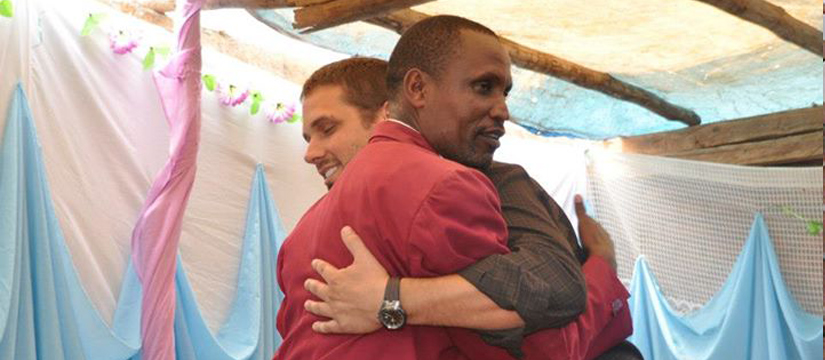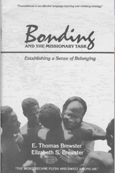Brewster, E. Thomas and Elizabeth S. Brewster. Bonding and the Missionary Task: Establishing a Sense of Belonging. Lingua House. Pasadena, CA.1982.
One of the more personally challenging books I have read dealing with cross-cultural ministry is a little publication entitled Bonding and The Missionary Task: Establishing a Sense of Belonging. The authors, Thomas and Elizabeth Brewster, discuss the very important issue of how to develop quality relationships in a cross-cultural setting so that a missionary outsider can have deep and meaningful interaction and ministry with their hosts. The Brewsters utilize the concept of imprinting between mothers and children in the animal kingdom as an analogy for the process of a missionary establishing a sense of belonging and truly connecting with the people in their new culture. In the early stages of cross-cultural ministry missionaries are alert, receptive, excited and ready to bond.
“The missionary’s task…parallels the incarnational model established by Jesus who left heaven, where He belonged, and became a belonger with humankind in order to draw people into a belonging relationship with God” (p. 7). When missionaries first arrive to their host culture, they are merely etic (outsider) observers. Through the process of bonding (incarnating to a certain extent) in the new culture, missionaries are able to gradually transition to an emic (insider) perspective over time.
It is important to understand that there is a difference between bonding and identification. Most missionaries learn to identify with their host culture, but truly bonded missionaries usually even feel fulfilled socially in their relationships with local people (p. 19).

This is not a challenging concept in theory, but it can be an exceptional challenge practically. Often when missionaries establish themselves in a new culture, they surround themselves with the comforts of home, identify and bond with other expatriates, and seek refuge in something familiar after the daily grind of ministry in a cross-cultural context. I know because I’ve done it. The process of bonding is important, but it is not easy. There is a very real tension between the stress and discomfort of cross-cultural bonding and personal emotional and spiritual health. Decisions about how to bond, the timeline and methodology that are followed, are personal decisions every missionary must make. Unfortunately, the decisions are not as easy at they may sound. Every time I find myself in this tension or sense the guilt of insulating myself in place of bonding, I return to this worn out booklet and remind myself to build relationships for the sake of the lost.
post by Dr. Mike Webb


